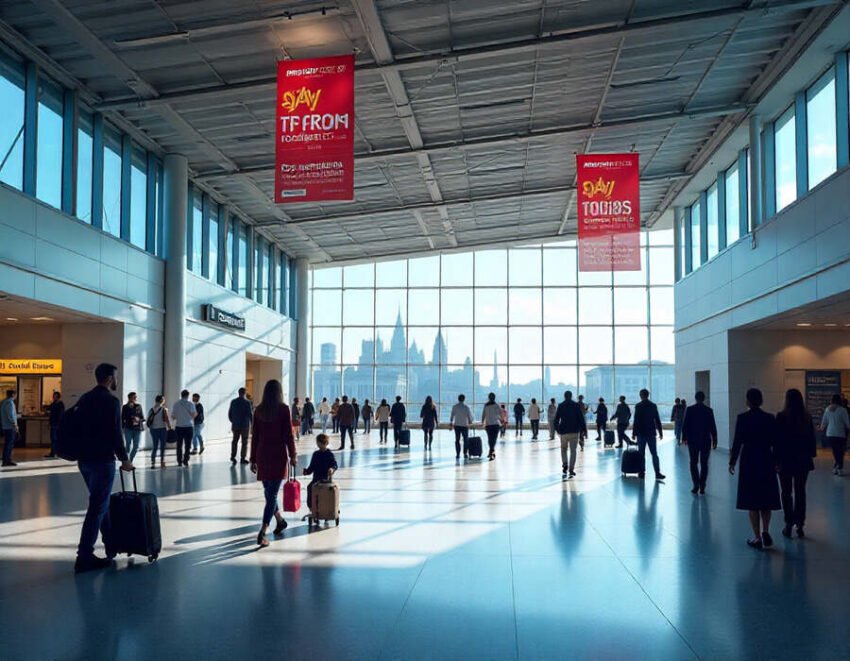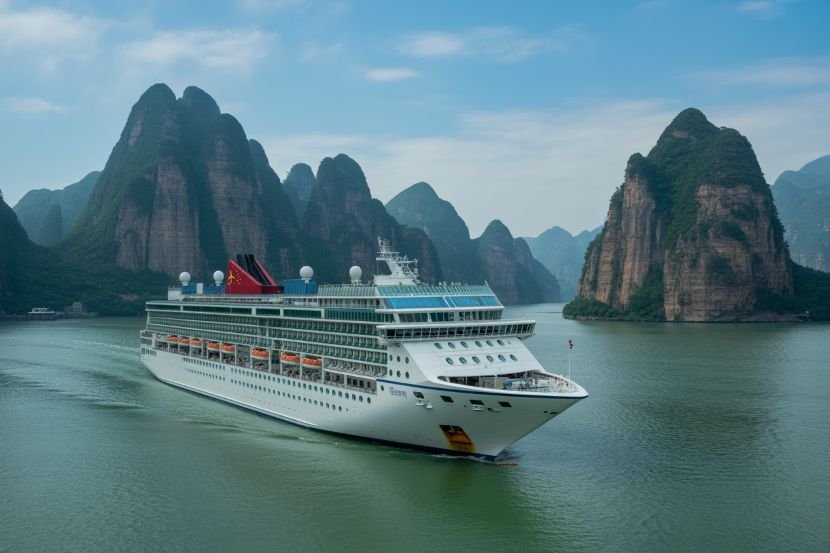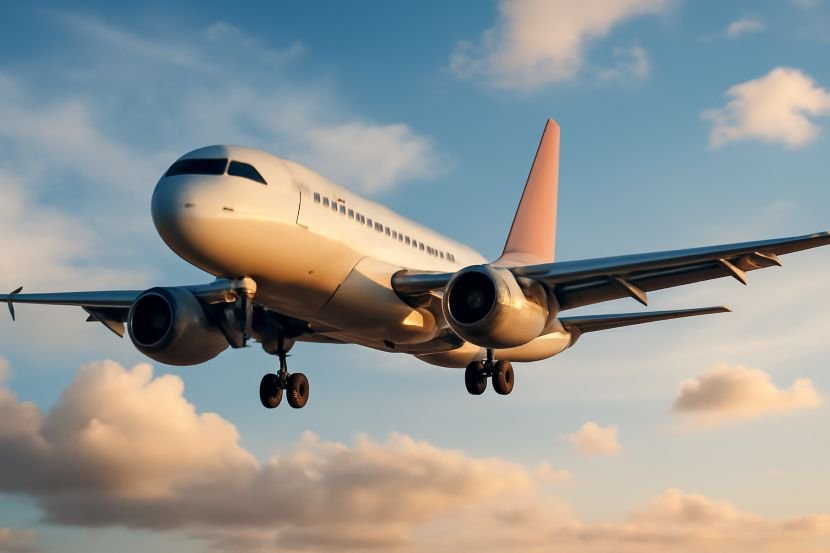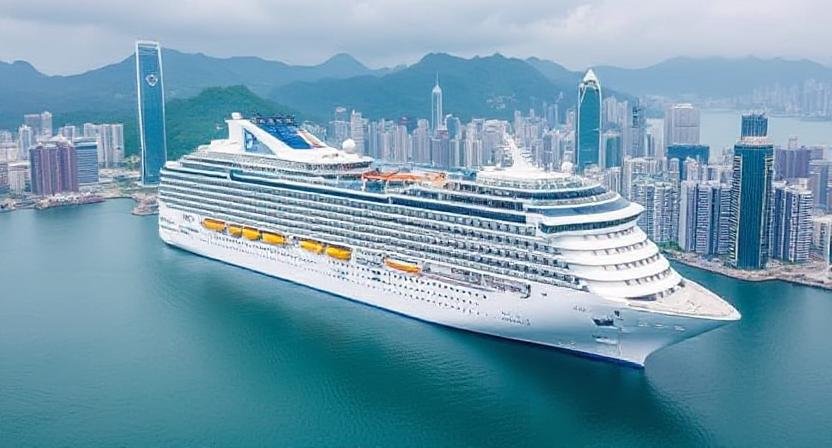Published on
October 20, 2025
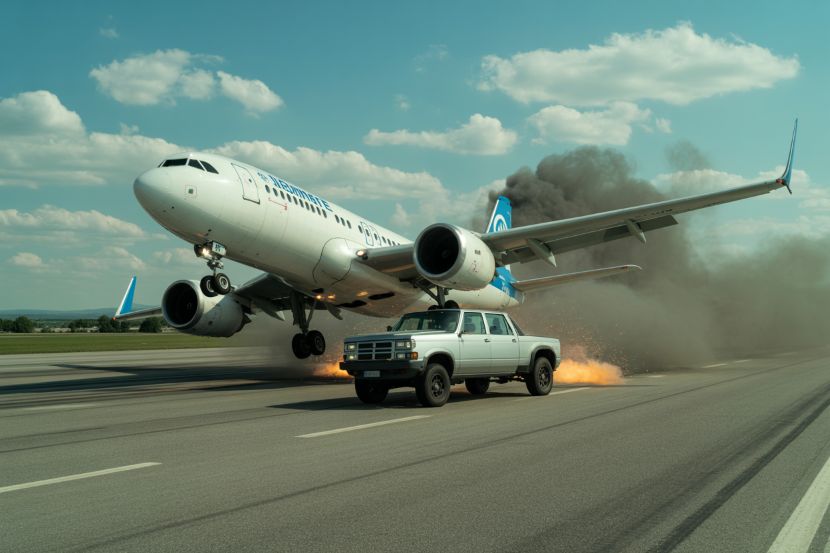
On October 19, 2025, an AirACT 747 cargo aircraft operated by Emirates SkyCargo experienced a catastrophic runway incident in Hong Kong. The cargo flight, EK9788, was coming in from Dubai, but the plane veered off the runway and struck a ground vehicle before crashing into the nearby water. The aircraft’s tail was severed as it plunged beyond the sea wall. While the crew of four managed to evacuate safely, the ground vehicle’s occupants weren’t so fortunate. The driver and a passenger tragically lost their lives, one at the scene and the other later in the hospital.
This severe accident, which occurred around 03:53 local time (October 20), left both Hong Kong authorities and the aviation community in shock.
The Sequence of Events
The flight, operated by a 747-400(BDSF) cargo variant with the registration TC-ACF, was landing on Hong Kong’s Runway 07L, the northernmost of the airport’s runways. The incident took place approximately 5,000 feet into the runway. For reasons still under investigation, the aircraft veered to the left, missing the runway centerline and heading toward the sea wall. Witnesses on the ground observed the massive plane as it left the runway and continued toward the water, where its tail was detached upon impact.
At the time of the veering, the aircraft was moving at around 90 knots over the ground. As the plane hit the water, the speed had dropped to approximately 49 knots. According to the final ADS-B data, the aircraft was traveling at 43 knots when it came to a complete stop in the water.
The Fatalities and Ground Vehicle Involvement
While the 747’s crew of four survived the incident, the crash involved a ground vehicle, leading to tragic consequences. The vehicle was struck as the aircraft veered off the runway, resulting in the deaths of two individuals. One passenger died at the scene, while the second passed away after being transported to the hospital.
The Hong Kong police reported these casualties in the aftermath of the crash. The full extent of the investigation is still unfolding, with authorities working to determine the cause of the aircraft’s deviation from its landing path.
Aircraft and Weather Conditions
The aircraft involved in this incident had a history with AirACT, a Turkish cargo airline formerly known as MyCargo Airlines. The 747-400 had been converted into a freighter after previously being operated by ANA (All Nippon Airways), where it even sported a Pokémon-themed livery for a period.
At the time of the crash, weather conditions at Hong Kong were reported to be moderate. Wind speeds were measured at 18 knots, with gusts up to 21 knots, coming from the northeast. The METAR data indicated clear visibility and few clouds at altitudes above 3,000 feet, which typically suggests conditions safe for landing. Despite these favorable conditions, the aircraft’s runway incident still occurred.
What Travelers Should Know After the Crash
For travelers planning trips to Hong Kong International Airport or those flying Emirates SkyCargo in the future, it is crucial to note that this incident occurred during a routine landing. Aviation authorities typically respond quickly to ensure that air traffic remains safe, and runway incidents of this scale are extremely rare.
However, incidents like these remind passengers of the complexities of air travel. Here are some tips for travelers:
- Stay informed: Check flight status before traveling to or from Hong Kong, especially if you’re flying via cargo or smaller aircraft. In this case, the incident didn’t impact passenger services, but large-scale accidents can cause delays in operations.
- Weather considerations: While the weather was manageable at the time of the crash, passengers should always monitor local weather updates, especially during the stormy season.
- Airport safety awareness: Airports usually have emergency plans for incidents like this. If you are at an airport and notice anything unusual, always follow safety protocols and remain calm.
The Larger Context of Air Travel Safety
Although this accident was tragic, it is essential to remember that air travel remains one of the safest modes of transportation. Investigations are ongoing, but authorities are likely to focus on factors like mechanical failure, human error, or runway conditions.
For travelers, understanding how modern aviation systems work, and how airports manage large-scale incidents, can help ease any anxieties. The swift response by the Hong Kong authorities to secure the area and assist those involved reflects the high standards of safety typically maintained in the region.
Final Thoughts
The AirACT 747’s crash into the water serves as a reminder of the unpredictability of air travel, even in favorable conditions. While the incident left behind significant devastation, it’s crucial to focus on the quick actions of the crew and emergency responders. For those planning to fly in or out of Hong Kong, safety continues to be a top priority, and air travel remains remarkably safe despite such events.



